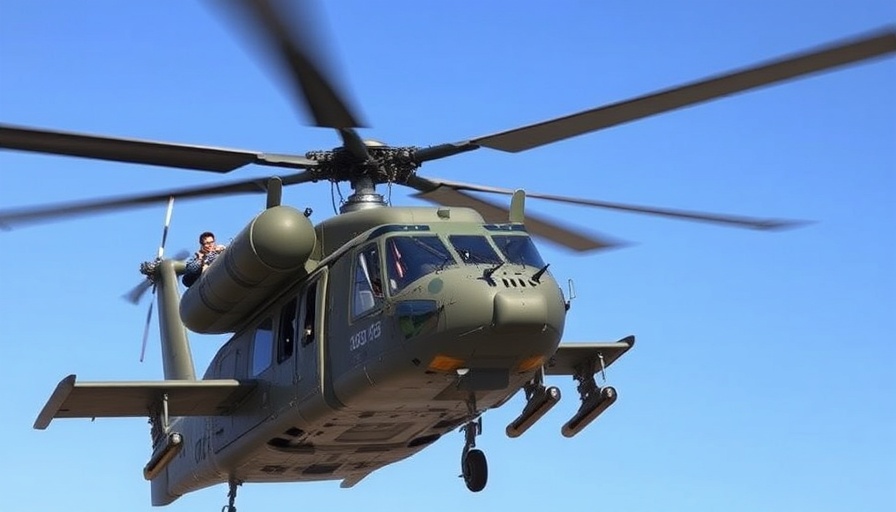
The Grim Reality of Army Aviation Safety
The recent tragic crash of an Army Black Hawk helicopter with a passenger jet in Washington, D.C., which resulted in 67 fatalities, exposes a deeply troubling trend in Army aviation safety. This incident is part of an alarming surge in aviation mishaps, marking the highest rates of crashes and fatalities in over a decade.
Understanding the Increasing Risks
Reports indicate that the Army experienced 15 Class A flight accidents in fiscal 2024, with 11 lives lost. The fatalities and accidents are attributed primarily to human error, which accounted for 82% of Class A crashes over the past five years. This growing concern has raised questions about the adequacy of pilot training and oversight, particularly as experienced pilots leave the service, diminishing the skills pool.
An Echo from the Ground: Voices of Veterans
Veterans like Joe, who survived a near-fatal crash, express profound concerns about the Army's current training practices. They describe a culture that tends to overlook critical safety discussions and fails to reform outdated practices. With increasing exits of veteran aviators post-Afghanistan withdrawal, the urgency for overhauling training and operational protocols has never been more pressing.
The Call for Systemic Change
Brigadier General Matt Braman acknowledges the need for a thorough review of basic aviation training, yet the lack of available helicopters for training hampers improvement. Each year, Army aircraft average significantly fewer flying hours than needed, with just 198 hours per aircraft in 2023. This inadequate exposure is detrimental to the skill development of both active-duty and National Guard aircrews.
The hopelessness expressed by veterans highlights an essential need for systemic change in Army aviation. The current trajectory of safety risks not only endangers the lives of military personnel but now also the lives of civilians, emphasizing the urgent necessity for accountability and reform.
 Add Row
Add Row  Add
Add 




Write A Comment